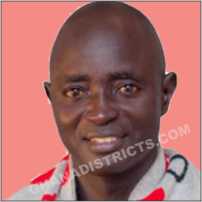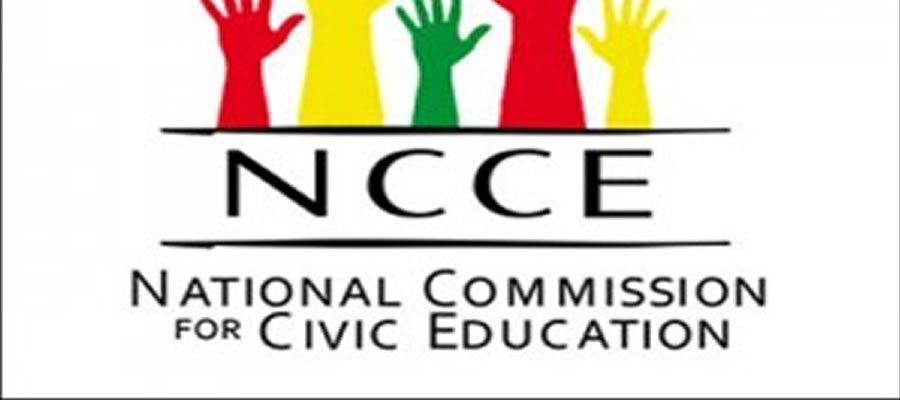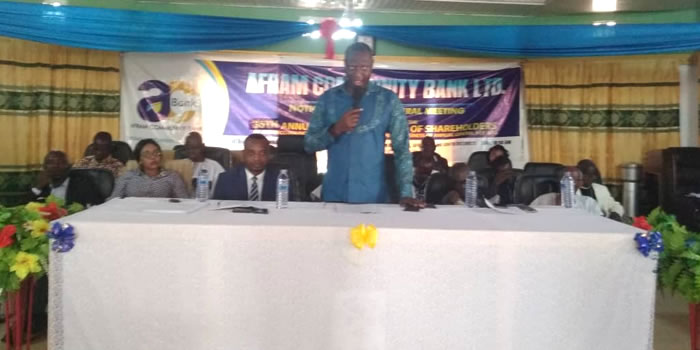

Literacy
Literacy as used in 2010 PHC is the ability of a person who is 11 years and older to read and write a simple statement with understanding in one or more of the following languages; English, French and Ghanaian language. It is one of the mediums through which societal knowledge and information can be transferred from generation to generation in written form. Thus, literacy is important for the development of both the individual and the society. The 2010 Population and Housing Census gathered information from persons age 11 years and older on literacy in three languages; Ghanaian languages, English (the official language), and French.
From Table 3.8 the total district population for persons 11 years and older is 76,890 with 33,000 (42.9%) non-literates while 43,890 (57.1%) are literates. This represents a little above half (59.3%) who are literate in English and a Ghanaian language while (24.4%) are literate in English language only. About 16 percent (15.7%) are literate in a Ghanaian language only. The proportions of persons who are literate in English only are highest within the age groups 11-14 (34.9%), and 15-19 (29.5%). However, the lowest proportions for literate in English only are (8.1%) and (12.5%) for age groups 60-64 and 45-49 respectively. It is higher than 50 percent in all the age groups except 11-14 years (49.1%). From Table 3.8, there are more literate female in English only 4,894 (26.7%) than males 5,853 (22.9%). It can also be observed that there is no much difference between the proportions for none literate males (50.4%) and females (49.6%).
Education
Table 3.9 shows the distribution of past and current school attendance for persons aged 3 years and older classified by level of education. The total population of persons currently attending school in the district is 34,853 with 28,609 (82.1%) who have attended school in the past. For persons currently attending school more than half (54.6%) of the population is in the Primary school with as low as four percent in Senior High schools. This dwindling trend continues at the tertiary recording (0.3%).
Gender variations can also be observed for the population currently attending school and those who have attended in the past. For the population currently attending school, males form a majority of 10,223 as compared to their female counterparts of 8,812. This reduction trend in student enrolment continues up to the Senior High school with the male and female recording 875 and 514 respectively. School drop –out, teenage pregnancy, early marriages among others could explain the reason why more females hardly proceed to the next level after Senior Secondary as compared to males. 31
The respective proportions for those currently attending and those who have attended school in the past for middle school is a reflection of the review and transformation of the Ghanaian educational system. The current educational reform has incorporated nursery school system as shown in table 3.9. Owing to the current system in operation, it can be observed from table 3.9 that the number of people attending (from 388 to 69) Vocational/Technical/Commercial schools is dwindling compared to those attended in the past.
Date Created : 11/26/2017 3:53:38 AM










 facebook
facebook
 twitter
twitter
 Youtube
Youtube
 +233 593 831 280
+233 593 831 280 0800 430 430
0800 430 430 GPS: GE-231-4383
GPS: GE-231-4383 info@ghanadistricts.com
info@ghanadistricts.com Box GP1044, Accra, Ghana
Box GP1044, Accra, Ghana